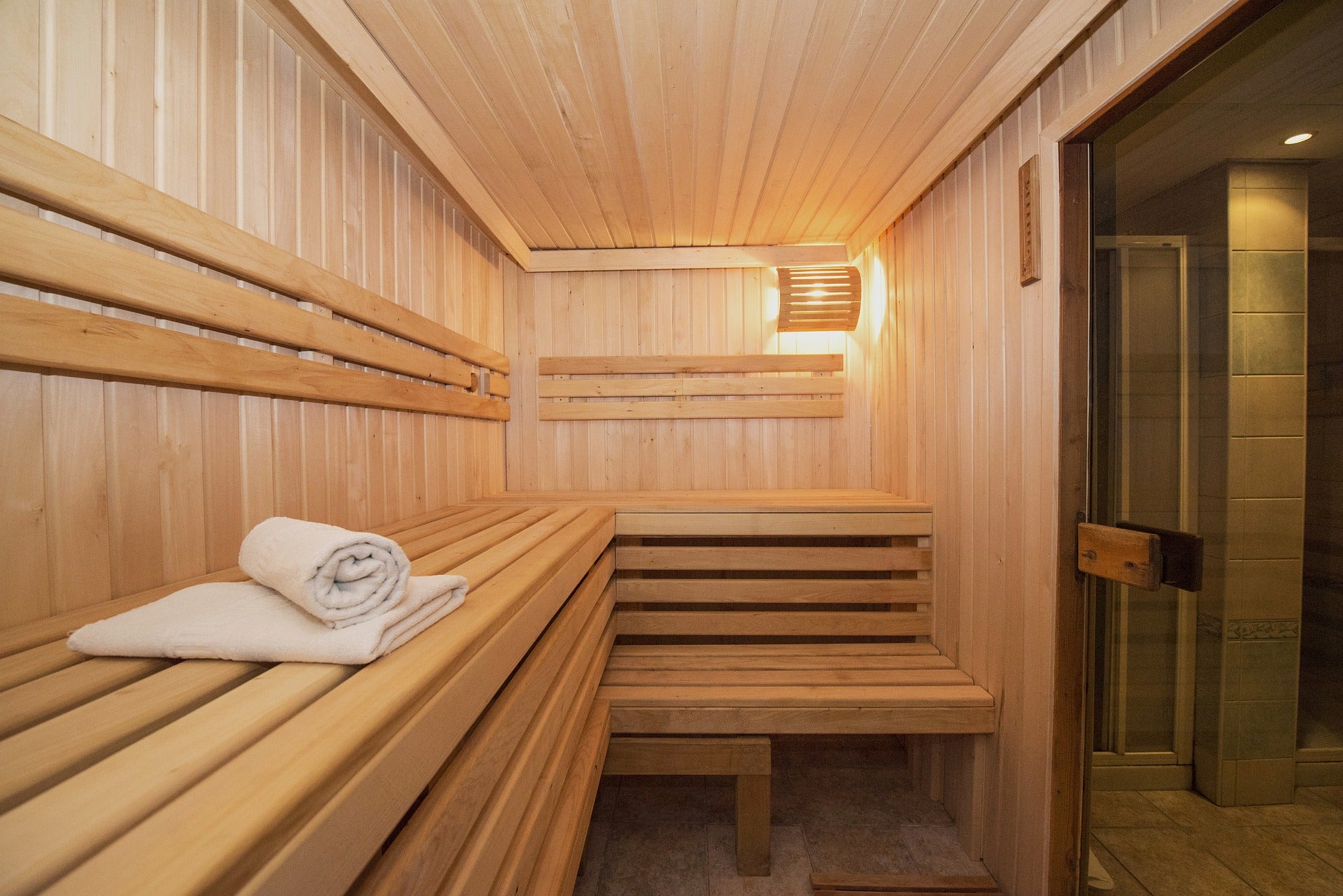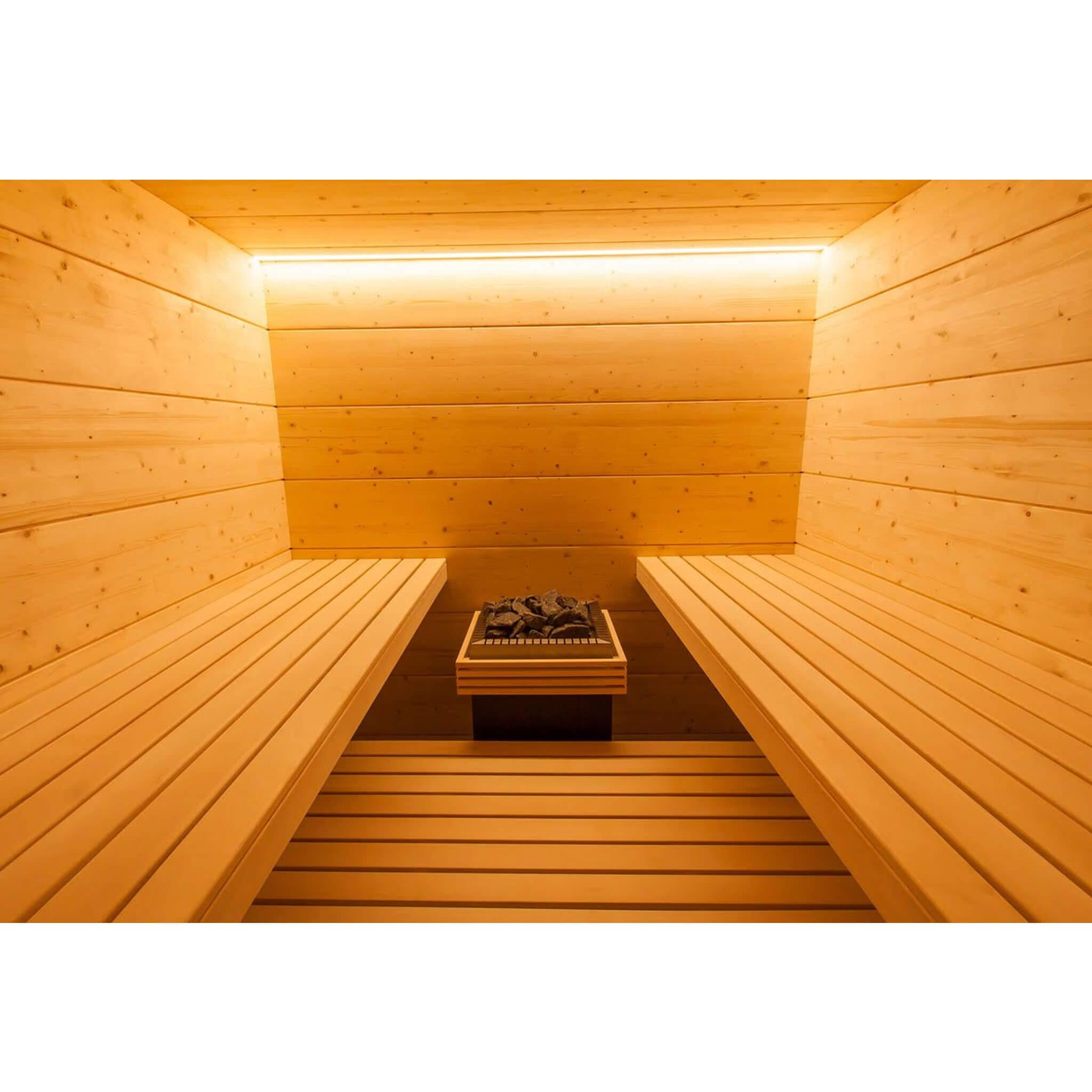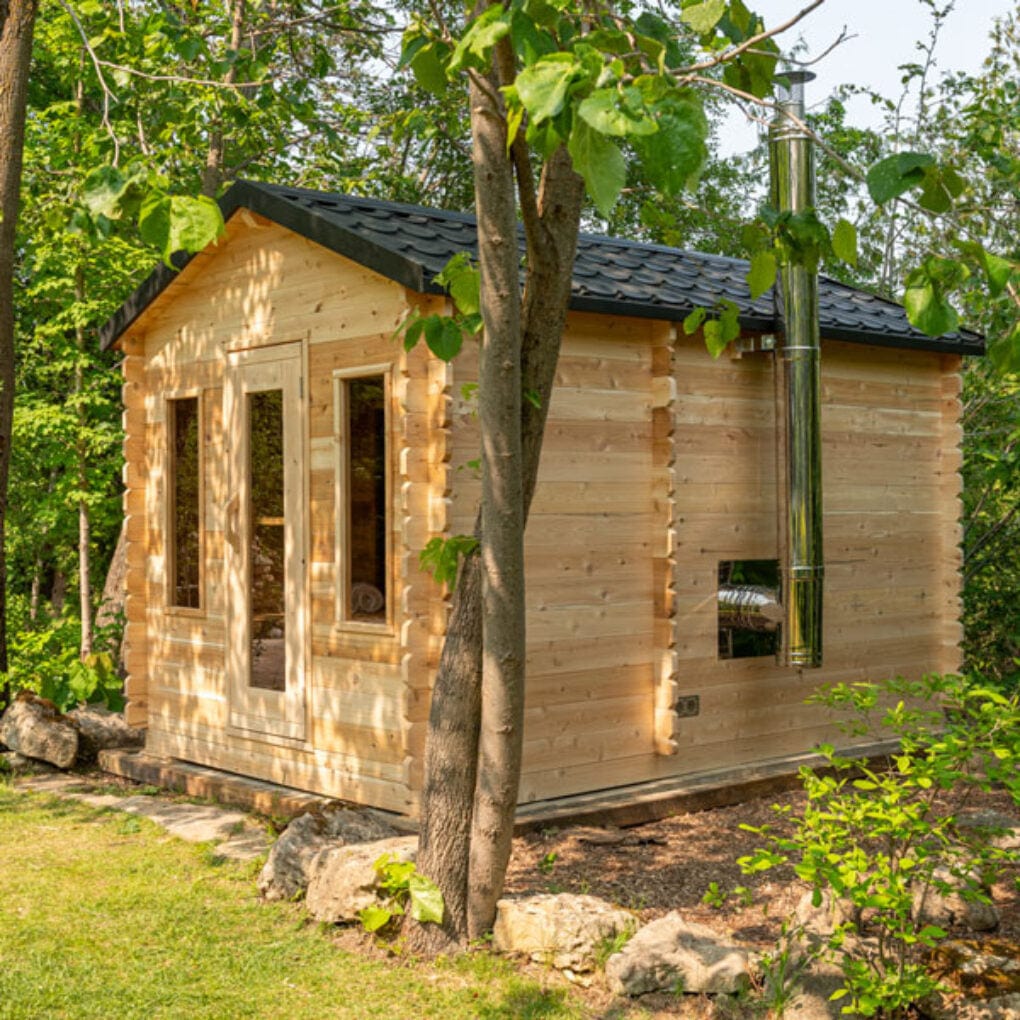The Single Strategy To Use For Traditional Sauna
The Single Strategy To Use For Traditional Sauna
Blog Article
Top Guidelines Of Traditional Sauna
Table of ContentsGetting My Traditional Sauna To WorkTraditional Sauna - The FactsThe 10-Minute Rule for Traditional SaunaFascination About Traditional Sauna
A lot of the weight shed in a sauna is water loss and is re-gained upon rehydrating. Without an uncertainty sauna can be an important component of a healthy weight loss program. To consider the differences between standard and IR saunas, I will certainly divide these right into verifiable, academic, and made distinctions.Thus, the hottest point in the saunawhich goes to the ceiling straight above the sauna heateris generally between 185 and 190 F. Traditional Sauna. Claims that a conventional sauna exceeds 200 F is merely not true and not appropriate for electric saunas marketed in the US. The temperature for a far-infrared sauna is usually established between 120 and 140 F; nonetheless, unlike the typical sauna, the objective in and IR room is not to attain a high temperature
Because of this, the temperature distinction is practically unnecessary, considering that extreme sweating leads to both sauna kinds, but the method of heating up the body is different. In an IR sauna the bather will certainly feel hot and will sweat a lot, but at a lot reduced temperatures. Hence, if the goal is to invest longer durations of time in the sauna, the IR sauna is a great choice.

The Ultimate Guide To Traditional Sauna
When the heat is accomplished, the aspects cycle on and off to preserve the high temperature. A lot of typical sauna users take pleasure in putting water over the rocks to produce heavy steam to elevate sauna moisture degrees. The benefits of pouring water over the rocks include: making the area much more comfortable, moistening the nasal passages, and permitting the usage of aromatherapy by blending vital oils with the water.
In a far-infrared sauna, the warm front penetrate the body to effectively heat the body and elevate the body core temperature. To attain this enhanced temperature level, Far-infrared emitters develop infrared power which is close to the exact same wavelength as that which the body normally emitsoften described as the "Important Range" of 7 to 14 microns), so the energy is well received by the body.
When the energy enters the body, it causes the body temperature level to raise and ultimately results in perspiration. In an infrared sauna next page it is very important for the emitters/heaters to continue to be on nearly regularly. Since there is no mass of rocks to retain warmth, the sauna will certainly cool down if the emitters turned off.
As pointed out above, the sauna bather in an infrared area intends to position himself in front of running emitters to get maximum benefit from the warm. The home heating time for both rooms can be very various, depending upon how the rooms are utilized. For a standard sauna, a bather ought to permit 30-40 mins for the space to achieve a desired temperature level and to properly pre-heat the rocks.
Traditional Sauna - An Overview
A well built sauna will usually achieve a temperature of 150-160 F in regarding 30-40 mins. For hotter temperature levels, the room may require to heat for a longer period.
To some, 15 minutes was "thrown away" while the infrared energy heated the wood panels as opposed to warming a body, while others discover a pre-heated space to be a lot more comfy and think an elevated starting temperature is needed to start sweating. The size of recommended usage for each and every area is about the very same (10-15 mins per session); nonetheless, because of the lower air temperatures and the capacity to feel the results of infrared warmth much faster than a conventional sauna, it is not uncommon for an individual to spend a total amount of 20-30 mins in an infrared sauna.
Traditional saunas tend to be larger (for this reason utilize more power) than infrared saunas, although conventional saunas are definitely offered in one and two person dimensions too. For a two-person conventional sauna, 5x6 or 5x7 size is most preferred. The top bench can conveniently seat 2 or 3 people and is also enough time to relax during the sauna session.


The typical price per kWH of electrical energy in the united state is about $0.11, so a 4.5 kW heating unit will set you back approximately $.50 to run for one hour, if the heater runs continually have a peek at this site for one hour. Usually a sauna heating system will run for 75% of the first hour and 50% of succeeding hours on since the aspects cycle once the established temperature is achieved.
The 6-Minute Rule for Traditional Sauna
A two person far-infrared space is generally physically smaller sized than a conventional sauna, commonly concerning 4' x 4' or smaller sized. The IR furnace is normally 1.5-1.7 kW making use of a 120 volt 15 amp plug-in solution. Since the room can be utilized faster than a sauna area, we will certainly think the area is used for to of an hour including warm up time.
There is a hardly ever discussed distinction in the social experience in between the 2 spaces. While our culture has lost some of the social benefit of the typical sauna experience, it can be really socially satisfying. From household time in the sauna, to heart-felt conversations with significant others, to sauna partiesthe typical sauna experience can cause intimate mingling.
A lot of higher end infrared areas include tinted light official statement treatment, noise systems and full-glass fronts.
Report this page